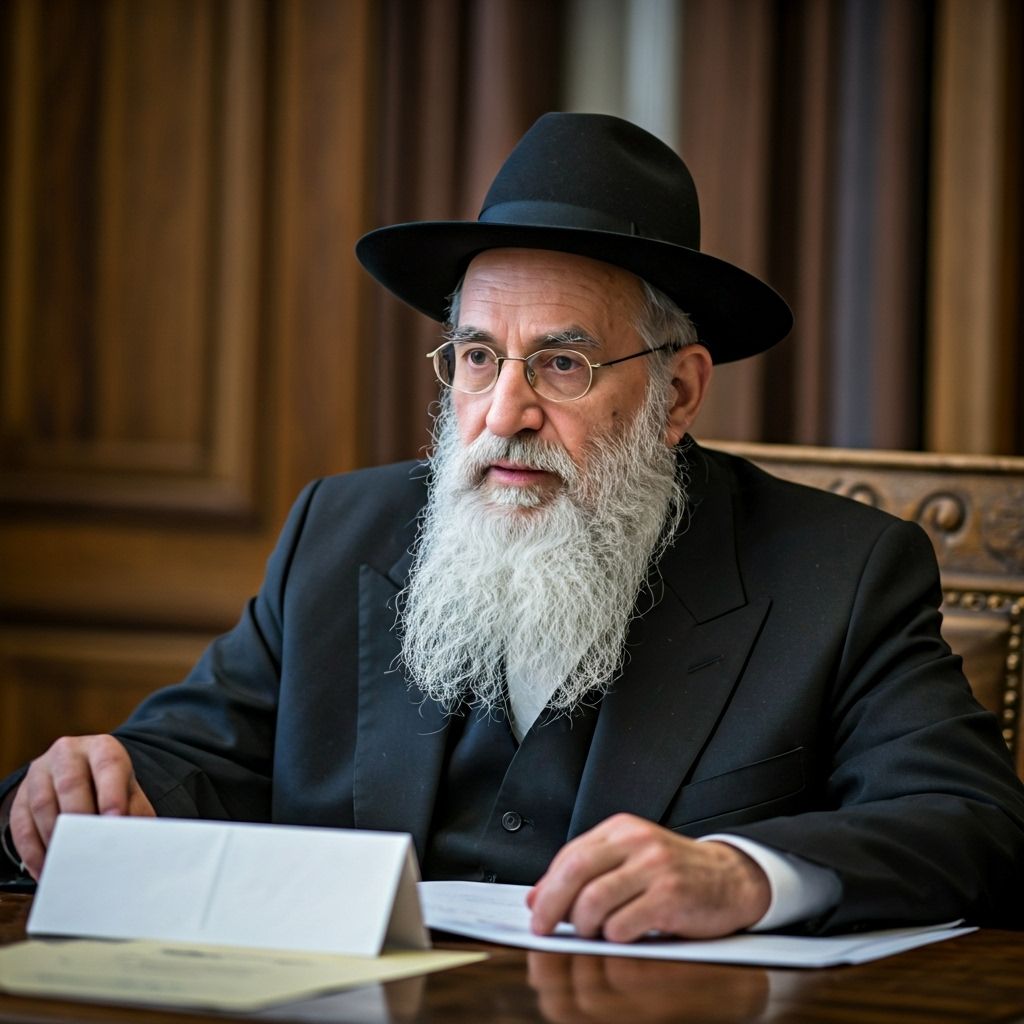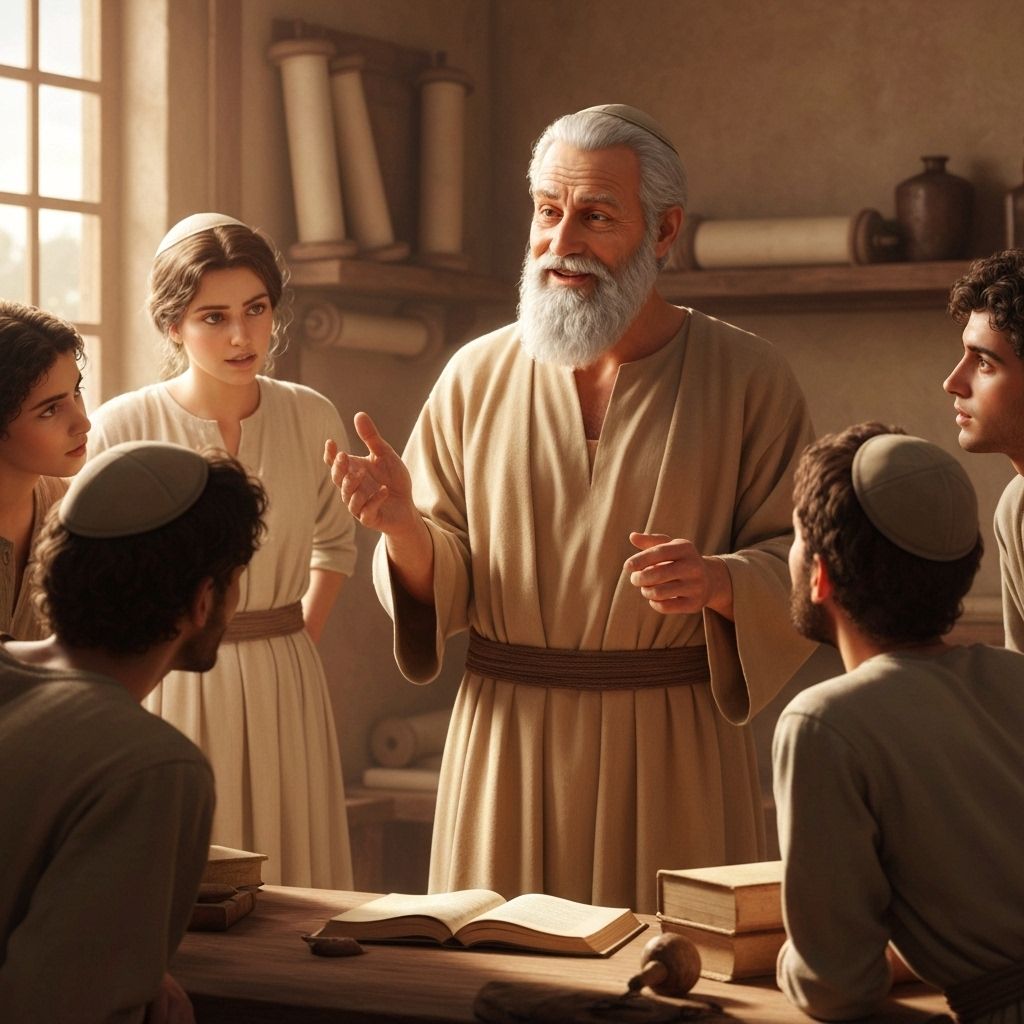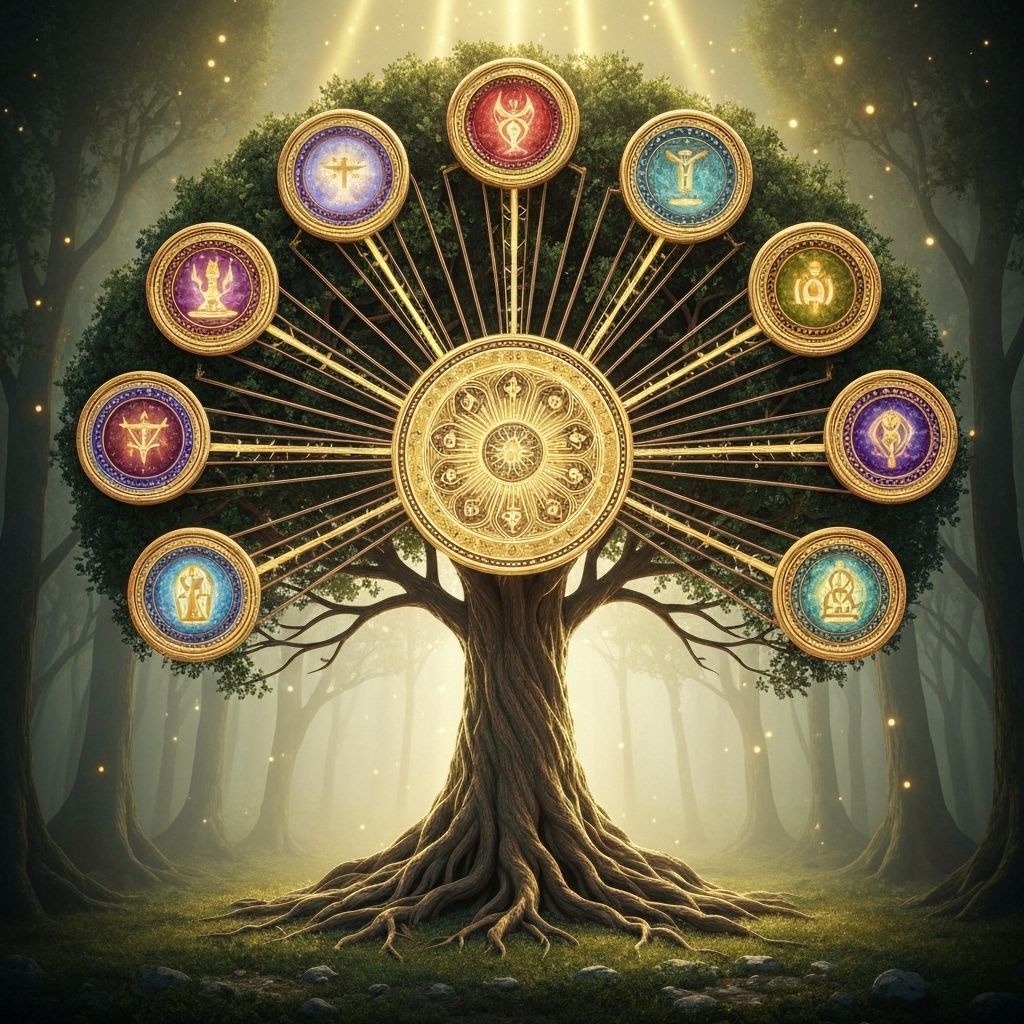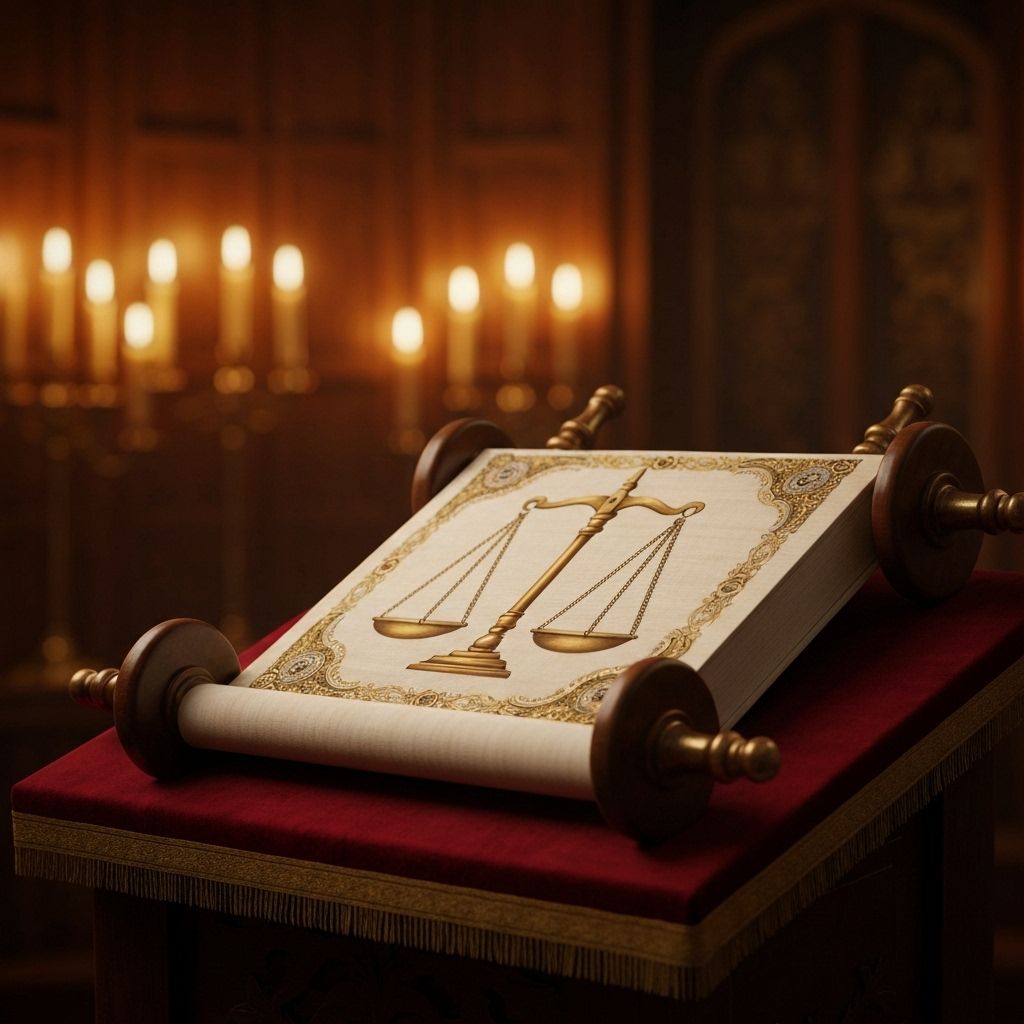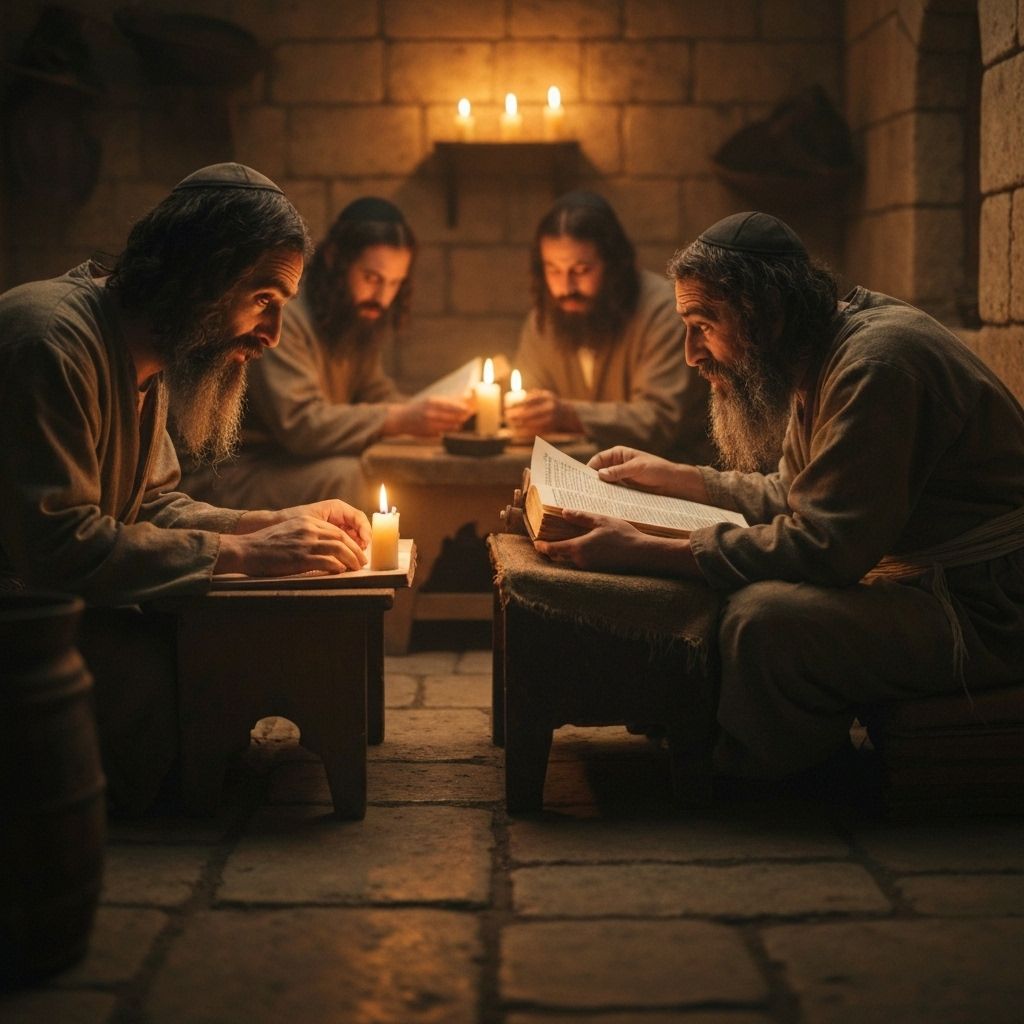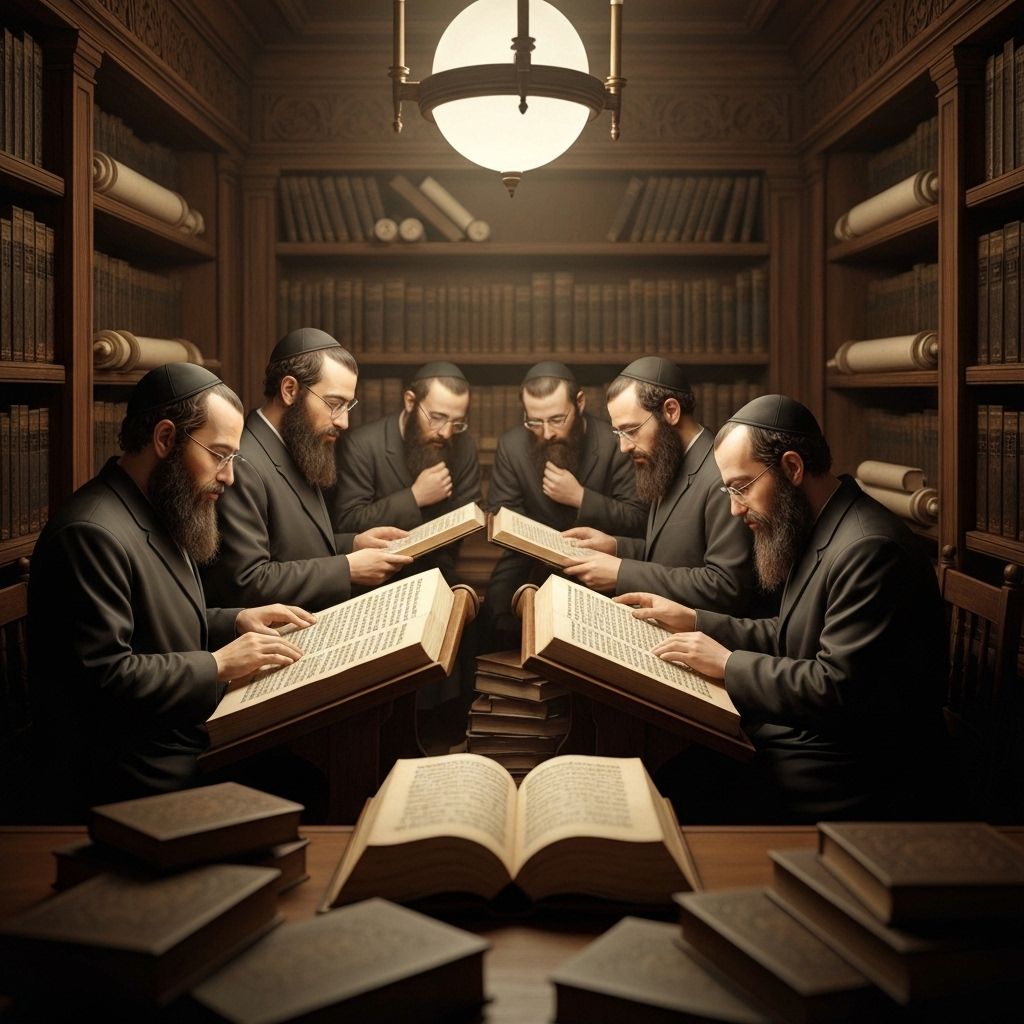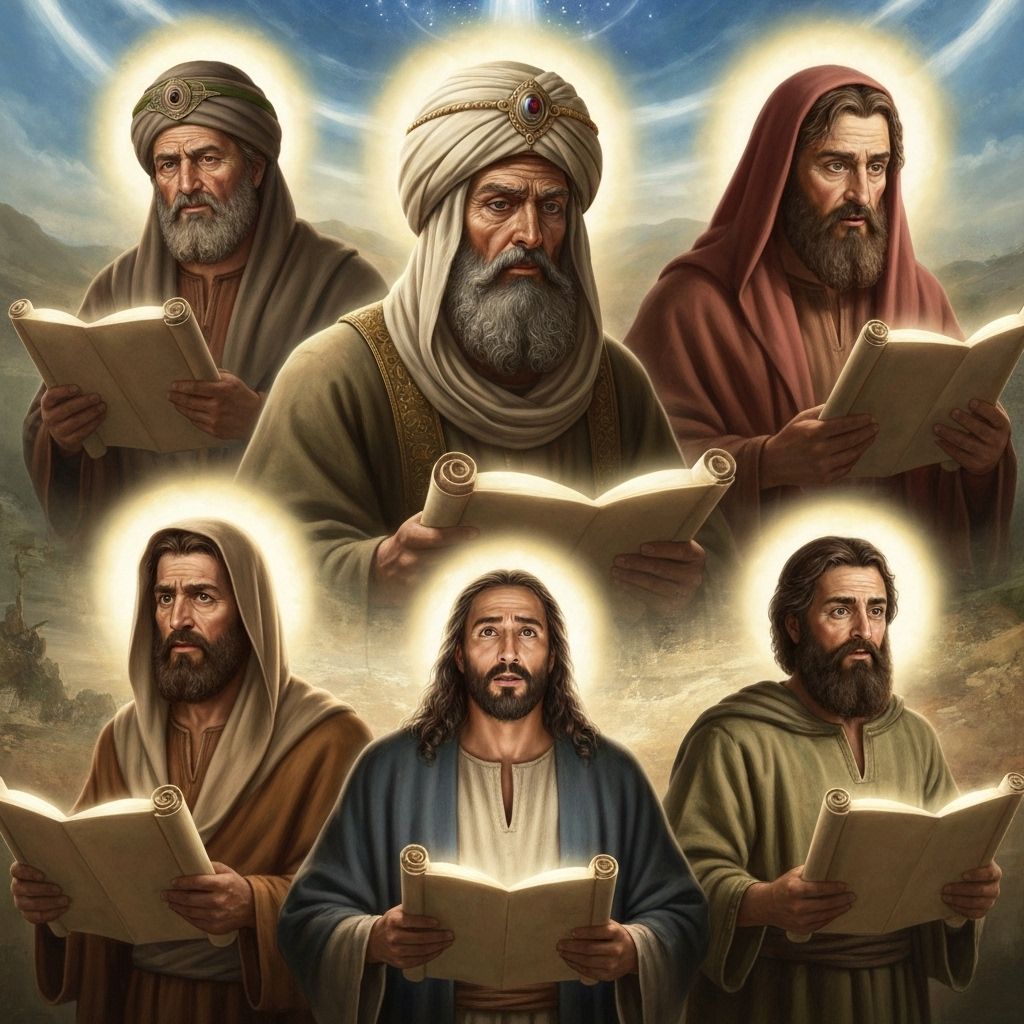3-Minute Summary
The Words of the Torah Explained with Help from Rashi and Ramban
Rashi (1040-1105) was a medieval French rabbi whose commentary on the Torah and Talmud is considered essential reading. His explanations focus on the plain meaning of the text and are known for their clarity and accessibility.
Ramban (1194-1270) was a Spanish rabbi, physician, and philosopher who provided deeper mystical and philosophical insights into the Torah, often building upon Rashi's work while adding his own profound interpretations.
Parashat Chayei Sarah opens with the death of Sarah at age 127, yet the parsha is titled 'The Life of Sarah,' suggesting that her death is not an ending but a transition that allows her influence to continue through the generations. Sarah's death marks a crucial turning point in Abraham's story, forcing him to face mortality while continuing to build the future through his son Isaac. The detailed account of her burial shows the importance of honoring the dead and establishing permanent connections to sacred places.
Abraham's purchase of the Cave of Machpelah from Ephron the Hittite represents the first acquisition of land in the Promised Land by the Jewish people. This transaction is conducted with meticulous legal precision, establishing the principle that the Jewish connection to the land must be based on legitimate purchase and legal ownership, not just divine promise. The cave becomes a symbol of permanence and continuity, housing the remains of the patriarchs and matriarchs for eternity.
The negotiations between Abraham and Ephron reveal important principles about business ethics and cultural sensitivity. Abraham insists on paying full price despite Ephron's initial offer to give the land for free, understanding that gifts from non-Jews can create obligations that might compromise Jewish independence. The respectful but firm negotiation shows how to maintain integrity while engaging with different cultures and value systems.
Abraham's concern for Isaac's future after Sarah's death demonstrates the responsibility of parents to ensure their children's wellbeing even after their own passing. His decision to find Isaac a wife from his family in Haran reflects the importance of maintaining cultural and spiritual continuity across generations. This mission becomes a model for how to prepare the next generation for their spiritual responsibilities.
Eliezer's prayer at the well represents one of the most detailed examples of prayer for divine guidance in the Torah. His specific request—that the right woman will offer water to both him and his camels—shows the importance of praying for clear signs and being open to divine direction in practical matters. The prayer demonstrates that Hashem is involved in the details of human life and relationships.
Rebecca's appearance and immediate response to Eliezer's test reveals her exceptional character and divine preparation for her role as Isaac's wife. Her willingness to serve a stranger and his animals shows the same hospitality that characterized Abraham and Sarah, suggesting that divine providence ensures that spiritual qualities are passed down through generations. Her beauty and virtue make her the ideal partner for Isaac.
The detailed description of Rebecca's family and their response to Eliezer's mission shows the importance of family approval and blessing in marriage. Laban and Bethuel's recognition that this is from Hashem demonstrates that divine guidance can be recognized even by those outside the immediate covenant. Their blessing and Rebecca's consent establish the principle that marriage requires both divine approval and human agreement.
Rebecca's journey to Canaan with Eliezer represents her own leap of faith, leaving her family and homeland to join a new people and culture. Her willingness to trust in divine guidance and follow an unknown path mirrors Abraham's original journey of faith. This parallel suggests that each generation must make its own commitment to divine service and spiritual growth.
Isaac's introduction to Rebecca shows the power of love and divine comfort in healing grief and loss. The text states that Isaac was comforted for his mother after seeing Rebecca, suggesting that new relationships can help heal the wounds of loss while honoring the memory of those who have passed. Their union represents the continuation of the divine covenant through the next generation.
Abraham's remarriage to Keturah after Sarah's death and his subsequent children show that life continues after loss and that new relationships can coexist with the memory of previous ones. His careful distribution of gifts to these children while ensuring Isaac's inheritance demonstrates the importance of clear succession planning and family harmony.
Abraham's death at age 175 concludes his earthly journey, but his burial alongside Sarah in the Cave of Machpelah ensures their continued union in death. The fact that both Isaac and Ishmael participate in his burial suggests that family bonds can transcend past conflicts when people are willing to honor their shared heritage and common humanity.
The parsha concludes with a genealogy of Ishmael's descendants, showing that divine promises are fulfilled even for those outside the main covenant line. This inclusion demonstrates Hashem's faithfulness to all His promises and the universal scope of divine blessing. The detailed genealogy also establishes the historical context for future relationships between the descendants of Isaac and Ishmael.
Chayei Sarah teaches us about the continuity of life through death, the importance of preparing future generations, and the way divine providence works through human relationships and practical decisions. Sarah's life continues through Rebecca, Abraham's legacy continues through Isaac, and the divine covenant continues through their union, showing that death is not an ending but a transition that allows life and blessing to flow into new forms and future generations.

